After 111 years in London, Dippy the Dinosaur has itchy feet
- Published

Coming soon ... to a museum near you
Dippy, the iconic dinosaur guarding the entrance to London's Natural History Museum, has developed itchy feet.
He is off on tour. Dippy is a model of the original diplodocus who has been around for at least 145 million years.
So what's another two years' wait for the dinosaur lovers of Northern Ireland who will welcome him to Belfast's Ulster Museum in September 2018?
His journey around the United Kingdom will begin earlier that year and he is set to visit eight venues.
The organisers hope to inspire millions of natural history lovers.
Dippy is a star in his own right. He has dominated the central hall in the London museum since 1979, enthralling hundreds of thousands of small children.
He starred in films including Paddington and Disney's One of Our Dinosaurs is Missing - a 1975 movie where the thieves did not nick Dippy as he was a little on the large side.
He has endured other inconveniences too - the tip of his tailbone is fairly small and has been stolen several times.
The species lived sometime between 156 and 145 million years ago and belongs to a group called sauropods, meaning "lizard feet".
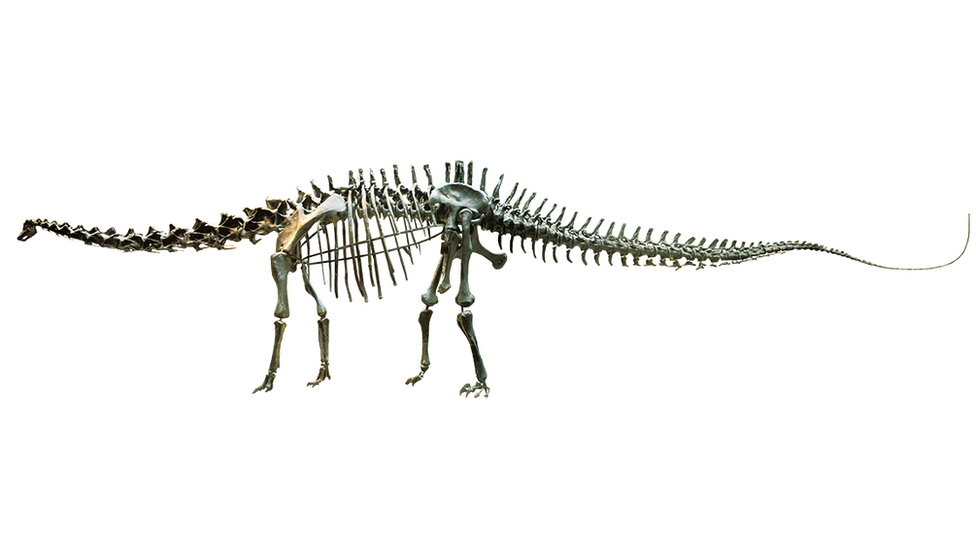
Dem bones; dem bones - Dippy is a copy of a Diplodocus whose fossilised bones were found in Wyoming in 1898
When railroad workers unearthed the fossilised bones of the diplodocus in Wyoming, USA in 1898, newspapers billed the discovery as the "most colossal animal ever on Earth".
Dippy is one of 10 replicas of the original Diplodocus carnegii in museums around the world, including Paris, Berlin, Vienna, and Moscow.
The 292-bone skeleton arrived in London in 36 packing cases and was unveiled to the public four months later in a lavish ceremony for 300 people, on Friday 12 May 1905.
He was a media darling, attracting headlines like: "Welcome colossal stranger" and "The greatest animal that ever lived."
During World War II, the skeleton was taken apart and relocated to the basement to protect him from bomb damage.
Earlier this year, the museum announced he would be replaced in his prime spot by the skeleton of a blue whale.
So what better time to go on tour?
Kathryn Thomson, National Museums Northern Ireland, said: "We are thrilled that Dippy will be coming to the Ulster Museum in Belfast, where he can be assured of a very warm Northern Irish welcome!
"It will give us a fantastic platform to uncover and connect to stories from our own extensive Natural Sciences collection.
"We look forward to creating an exciting programme of events for Dippy on Tour: A Natural History Adventure that will appeal to all ages and inspire our visitors to engage more with the natural world in our area."
- Published29 January 2015
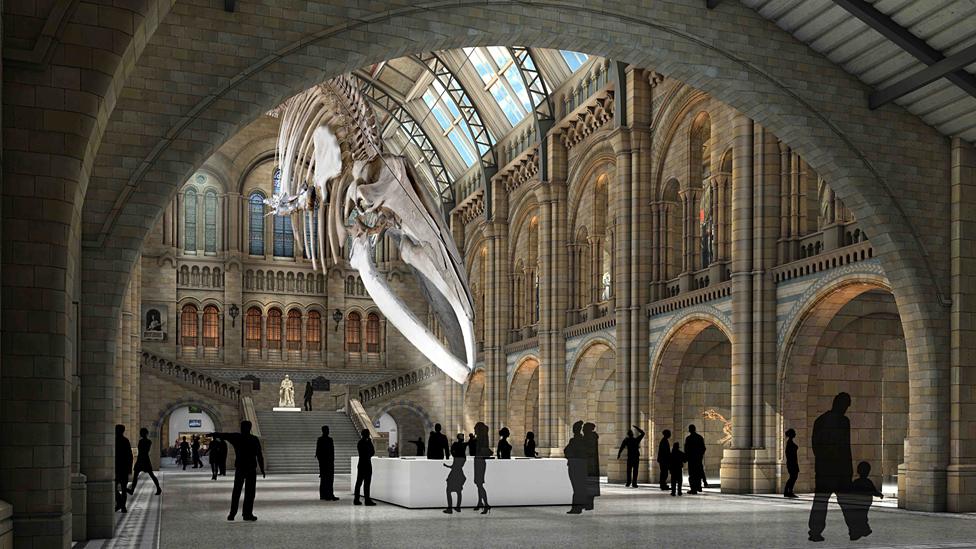
- Published3 December 2014

- Published8 May 2014
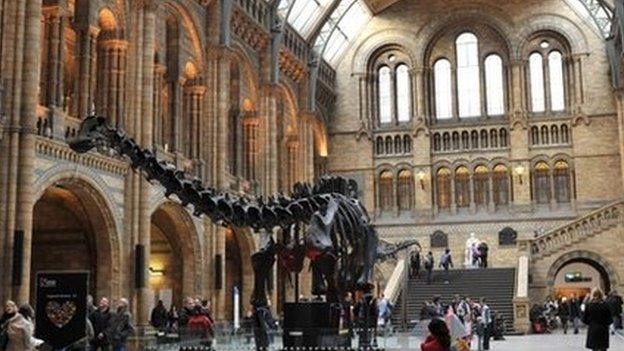
- Published15 April 2014
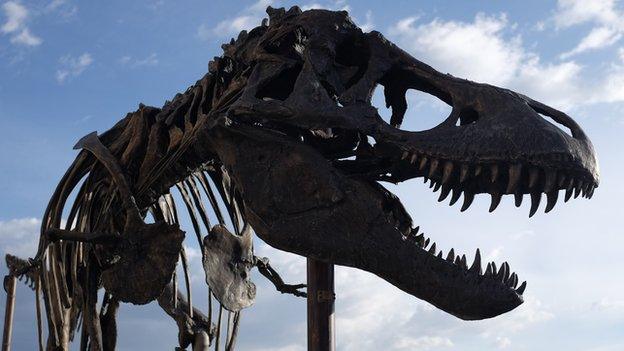
- Published26 February 2014
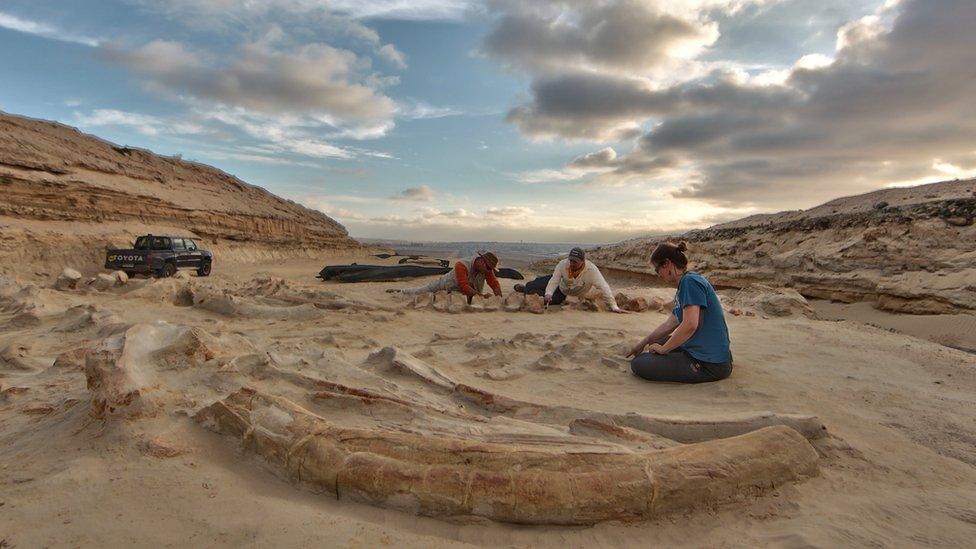
- Published19 January 2011
- Published23 September 2010